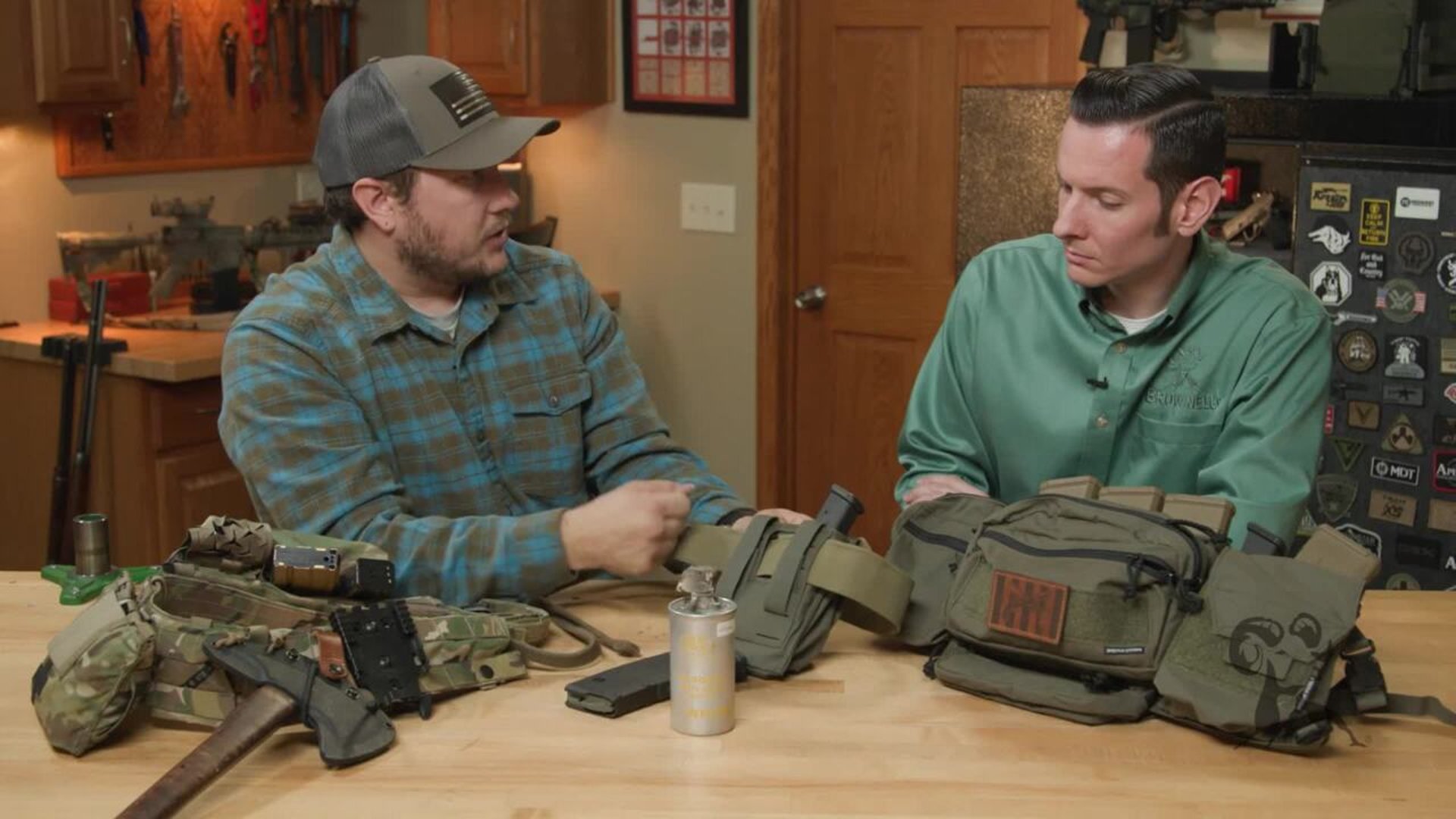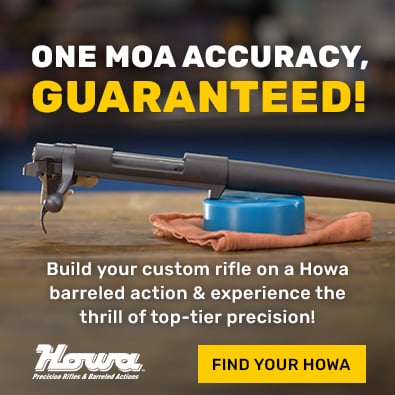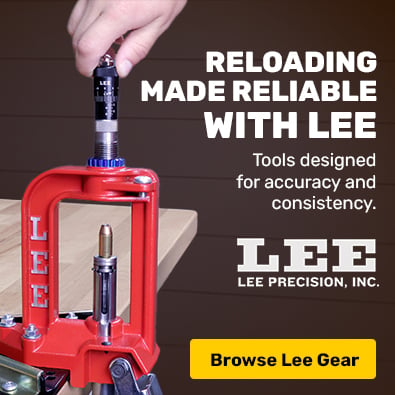What Are Spiritus Systems Products Made Of?
In this video, Caleb from Brownells is joined by Adam from Spiritus Systems to discuss the materials used in Spiritus gear. Adam explains how their products meet the strict standards of the Berry Amendment by using only U.S.-sourced and manufactured materials. The video dives into the different types of fabric used—like 500D Cordura, Velcro, and laser-cut laminates such as Squadron and thermoplastics—and explains their advantages in durability, weight, and night vision compatibility. Spiritus Systems also shares how they collaborate with mills to innovate new materials, ensuring consistent quality and high performance across all their gear.
What You Will Learn
Viewers will gain a deeper understanding of the materials and construction techniques behind Spiritus Systems’ tactical gear. The video provides insight into why U.S.-sourced materials matter, what sets Spiritus apart in terms of quality control and compliance, and how innovations like NIR-compliant fabrics and laser-cut laminates improve both durability and usability
Benefit
For anyone interested in high-performance tactical equipment—whether for military, law enforcement, or civilian use—this video offers valuable knowledge to inform purchasing decisions and highlights the craftsmanship behind gear built to perform in demanding conditions.
Caleb: Hi, Caleb with Brownells here, joined again with Adam from Spiritus Systems.
Adam: Thanks for having me.
Caleb: Today we're going to talk about materials. Now, the extent of what I know is that it's made in the USA, but I think you can give us more detail on that.
Adam: Sure. As a manufacturer, we focus heavily on the materials and their origin. Because we primarily sell to the government, everything we produce must comply with the Berry Amendment. That means all materials must be sourced and manufactured in the U.S.
We have to be able to trace the origin of every component we use. The government can ask for that documentation at any time to verify compliance. So everything you see here is made with U.S.-sourced materials.
Caleb: So that’s not necessarily the case with all nylon gear manufacturers?
Adam: Correct. Many companies use foreign materials, even if they assemble their products in the U.S. Civilians and law enforcement don't require Berry Amendment compliance, but we apply the same standard to everything we make—government contract or not.
Caleb: Speaking of materials, these don’t all look the same. What do we have here?
Adam: We use a variety of materials across our product line. Most common is Cordura nylon, specifically 500 denier, which we consider the sweet spot. It's softer and lighter than 1000 denier but still highly durable. 1000D is heavier and more abrasion-resistant, but the performance trade-off isn’t worth the added weight in our opinion.
Cordura is ideal for shaping—like on our Mark IV chassis—and stands up to UV, the elements, and time. We also make sure the dyeing process keeps color consistent across production batches. For example, our Ranger Green will look the same now and months from now.
Caleb: You also use Velcro?
Adam: Yes, we use branded Velcro—the original hook-and-loop material developed by NASA. It's dyed consistently like the Cordura and is another example where we prioritize the right material over the cheapest option.
We also focus on NIR compliance—that’s near-infrared. Our materials won’t glow under night vision, instead blending into a uniform gray tone. It’s an important performance factor for tactical gear.
Caleb: Looking at this piece here—it appears laser-cut?
Adam: Yes, it is. This is a laminate material called Squadron, made by a company called Brookwood. It’s two layers—1000D and 500D Cordura—bonded together. Laser cutting sears the edges, preventing fraying. We cut this in-house with large-format lasers.
Caleb: And how about this expansion piece?
Adam: That’s for our Micro Fight chest rig system. It allows for extra pouches. The carbon-fiber-looking material is actually a thermoplastic, often mistaken for carbon fiber. We laser cut it too.
It comes in various weights and styles, and we’re working to develop a black version as well as NIR-compliant variants. We're pushing material science with manufacturers to improve options for the entire industry.
We also helped develop multicam Velcro, including variations like M81, which didn’t exist before. Now, more manufacturers benefit from that work.
Caleb: It’s clear you put a lot of care into selecting and using the right materials. I think our viewers will really appreciate that.
Adam: Thanks for having me.
Caleb: Any questions or comments, drop them below. And if you haven’t already, hit that Like and Subscribe button. Thanks for watching—we’ll see you next time.







